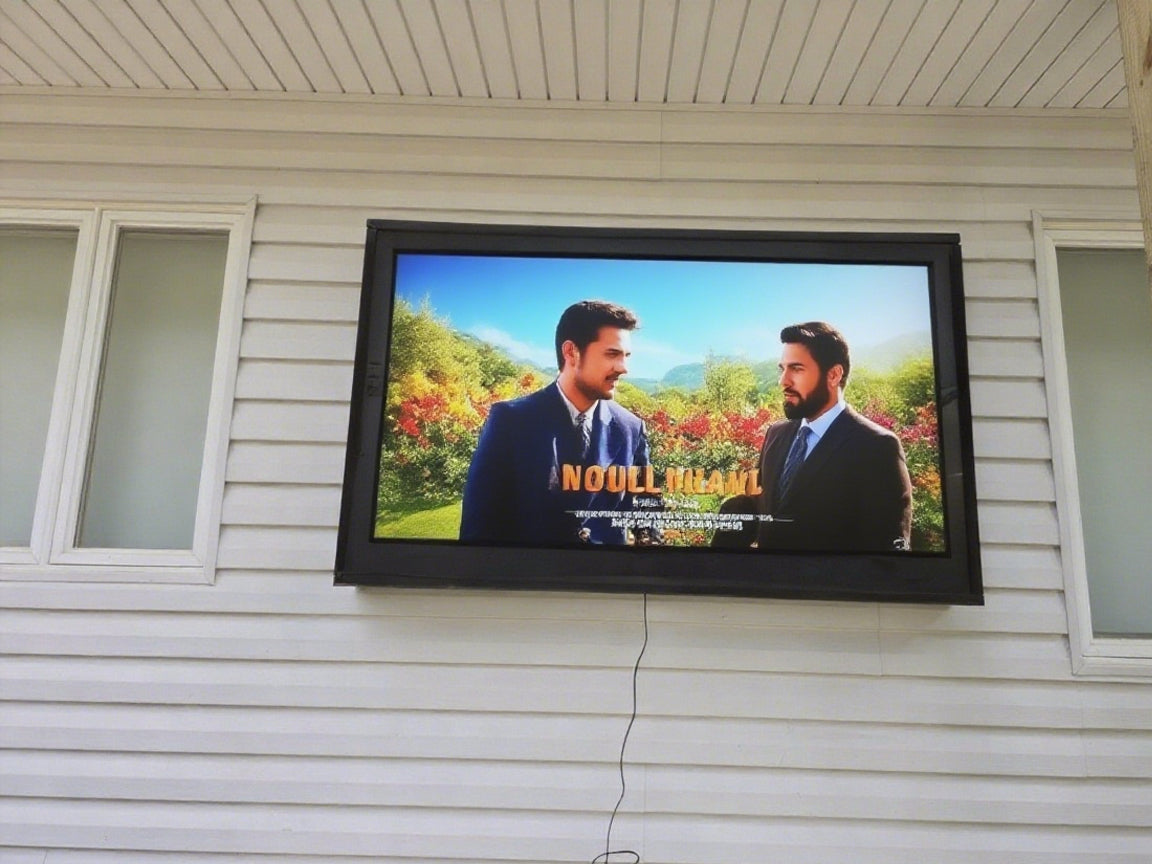
How do I know if my outdoor television cover has enough ventilation?
Proper ventilation is crucial for the longevity and optimal performance of your outdoor television. An inadequately ventilated cover can trap heat, leading to overheating and potentially irreversible damage to your investment. Here’s a comprehensive guide to help you determine if your outdoor television cover has sufficient ventilation.
The Importance of Airflow
Outdoor televisions generate a significant amount of heat during operation. Unlike indoor environments, outdoor settings can experience extreme temperature fluctuations and direct sun exposure, making efficient heat dissipation even more critical. A well-ventilated cover allows this heat to escape while also preventing the buildup of moisture and humidity, which can be equally detrimental to electronic components.
Signs of an Overheating Television
Before inspecting your cover, it's essential to recognize the symptoms of an overheating TV. If you notice any of the following, a lack of ventilation in your cover could be a contributing factor:
-
Screen Discoloration: Dark spots, lines, or a generally distorted picture can be early indicators of heat damage.
-
Performance Issues: Frequent lagging, freezing, or unexpected shutdowns can signal that the internal components are getting too hot.
- Physical Heat: The most straightforward sign is if the television feels excessively hot to the touch, especially around the back and vent areas.
-
Audio Problems: Distorted or cutting-out audio can also be a symptom of overheating electronics.
Assessing Your Outdoor TV Cover for Adequate Ventilation
Here are key features and checks to perform to ensure your cover is promoting, not hindering, proper airflow:
1. Look for Built-in Ventilation Features:
A well-designed outdoor TV cover will incorporate specific features to facilitate air circulation. When examining your cover, look for:
-
Ventilation Flaps or Mesh Panels: These are often located on the back or sides of the cover and allow hot air to escape while keeping rain and debris out.
-
Roll-Up Front Flap: This feature not only allows for easy viewing without removing the entire cover but also provides a large opening for air to circulate when the TV is in use with the cover on (for some models).
-
Breathable Material: Not all fabrics are created equal. A cover made from a breathable, water-resistant material like high-denier polyester is preferable to a non-porous material like vinyl, which can trap heat and moisture.
2. Check the Fit and Clearance:
A cover that is too snug can restrict airflow around the TV's built-in vents.
-
Manufacturer Recommendations: Some outdoor TV manufacturers, like Acrtmatic TV Enclosure, recommend maintaining a clearance of at least 1.5 inches on all sides of the television for adequate ventilation. Ensure your cover allows for this recommended space.
-
Physical Check: After placing the cover on your TV, run your hand along the back and sides. You should be able to feel a gap between the cover and the television. If the cover is taut against the TV's chassis, it is likely restricting airflow.
3. Consider the Environment:
The location of your outdoor TV plays a significant role in its ability to stay cool.
-
Direct Sunlight: If your TV is in direct sunlight for extended periods, a cover alone may not be enough. The cover's color can also have an impact; a lighter-colored cover will absorb less heat than a darker one.
-
Enclosed Spaces: Mounting a TV in a tight, enclosed space, even with a ventilated cover, can lead to heat buildup. Ensure there is ample open space around the entire setup.
For Enhanced Protection: Hard Enclosures with Active Cooling
If you live in a particularly hot climate or your TV is in a location with limited natural airflow, a soft cover may not be sufficient. In such cases, consider a hard-shell outdoor TV enclosure. These often come with more advanced ventilation solutions, such as:
-
Built-in Fans: Some enclosures include thermostatically controlled fans that actively pull hot air out and draw cooler air in.
-
Filtered Vents: These prevent dust and insects from entering while still allowing for air exchange.
While there are no universal industry standards for ventilation on soft outdoor TV covers, by prioritizing covers with breathable materials, dedicated ventilation flaps, and ensuring a proper fit, you can significantly reduce the risk of your outdoor television overheating and enjoy your outdoor entertainment for years to come.
